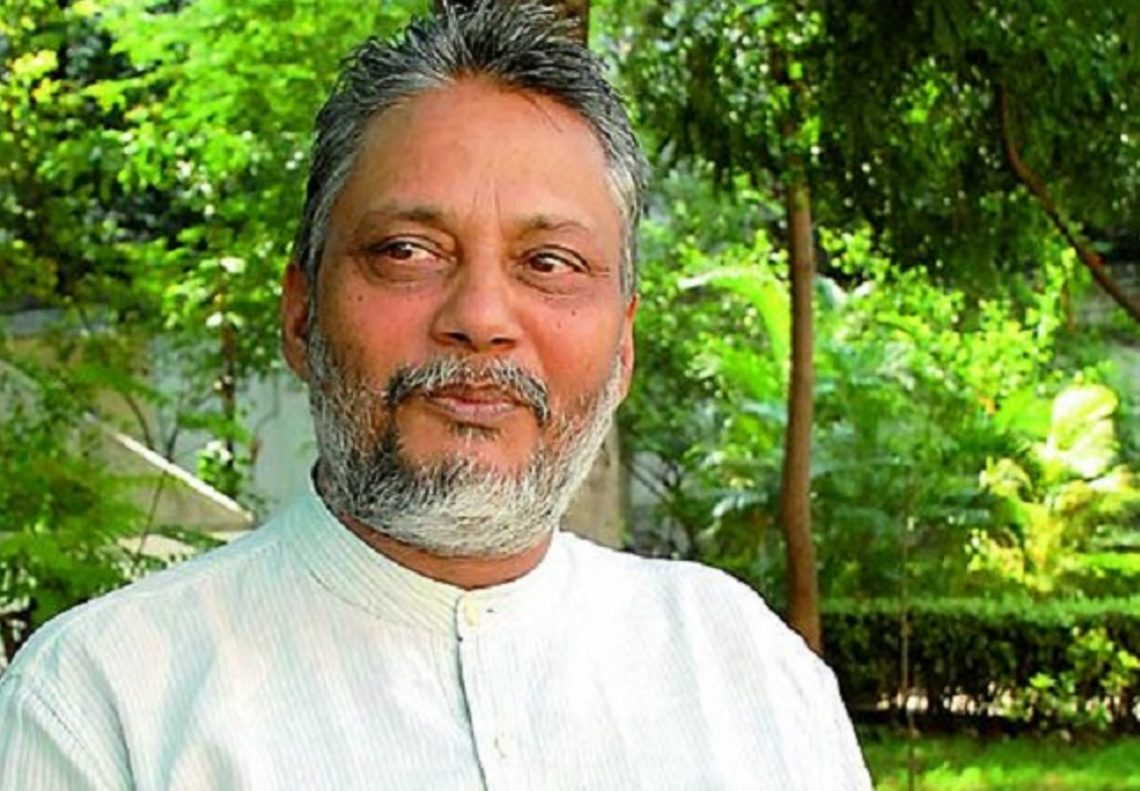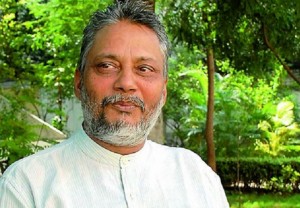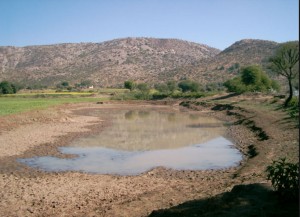
“Water Man of India” Nobel Prize for water winner

Delivering the 7th Annual Lecture on its Foundation day, at NIIT University, an Indian Congress MP Karan Singh said “ Green Technologies like earth-air tunnels, rain water harvesting facilities and water recycling systems would help the educational institutions to become self-sufficient.”
The university felicitated “Water Man of India” Rajendra Singh, recipient of the “ Nobel Prize for Water”- the Stockholm Water Prize’, for his contribution of bringing water to 1,000 villages in rural India. The judges of the Stockholm Water Prize said his methods are cheap, simple and have also prevented floods, restored soil and rivers and brought back wildlife .
Rajendra said “Our generation has taken nature for granted and we are already paying dearly for it. We must take decisive measures to minimize damage to the environment and live in harmony with nature.”

Rajendra, a trained medic did not reinvent the wheel instead he adopted an ancient Indian technique and began simply by de-silting several traditional surface level rainwater storage facilities known as “johads” in Hindi – involves building a low-level banks of earth to hold back the flow of water in the wet season and allow water to seep into the ground for future use in the dry season. Some rivers that fell out of use during the British colonial rule and revived traditional rainwater and diverted to driest state in India and this principle can be used across the world to overcome water shortage. Thousands of villages in rural India followed his example and enough water was captured and soaked into aquifers that dry rivers have begun to flow again. Rajendra Singh’s life work has been in building a social net work of people to solve local water problems through participatory action, empowerment of women, linking traditional patterns of development and resource use.
He was more concerned about clean drinking water than healthcare. Ground water used by farmers soon dried up and thereafter crops failed, rivers, forests landscape changed and wildlife disappeared and people deserted their villages for the towns. Our planet contains over a billion trillion litres of water but only a fraction of that is safe to drink as 97 per cent of water on Earth is salt water.
He recalls, how he began making water flow again in perennially dry Rajasthan by inculcating do-it-yourself initiatives among the villagers.. With the support of enthusiastic villagers, he de-silted a couple of johads in Alwar and when rain filled them, and instilled confidence in people of neighboring villages, resulting in renovating over 8000 johads. Five rivers in this region had revived and started to flow again. Johads hold water during rain and recharge the aquifer below to ensure continuous water supply to the river in the dry season. When you have body of water that is collected in a Johad, a pond or a lake the water slowly percolates into the ground and replenishes groundwater supplies. Another structure used by Rajendra is called the check dam. It’s very similar to johad except that instead of collecting rainwater the check dams are set up across streams of small rivers and form pools. These dams can also be made of basic materials like dirt, rocks, logs and anything that will hold back water. These dams are good for local populations as they don’t completely stop the flow of water, just make pools that then overflow and keep flowing to downstream. These pools of water then replenish groundwater supplies similar to Johads,.
Rajendra’s work was applauded by Katherine Pygott, a leading UK water engineer, who has drawn on Mr Singh’s work to help prevent flooding in the UK. He even received a phone call from HRH Prince Charles, seeking advice on how to handle the devastating summer floods in England in 2007.
University was calling for focus on innovation and research-driven approach to education, Singh congratulated two B Tech computer science students, Shikhill Sharma and Ananda Krishnan for developing a software product called “Astra” that protects website from hackers.
